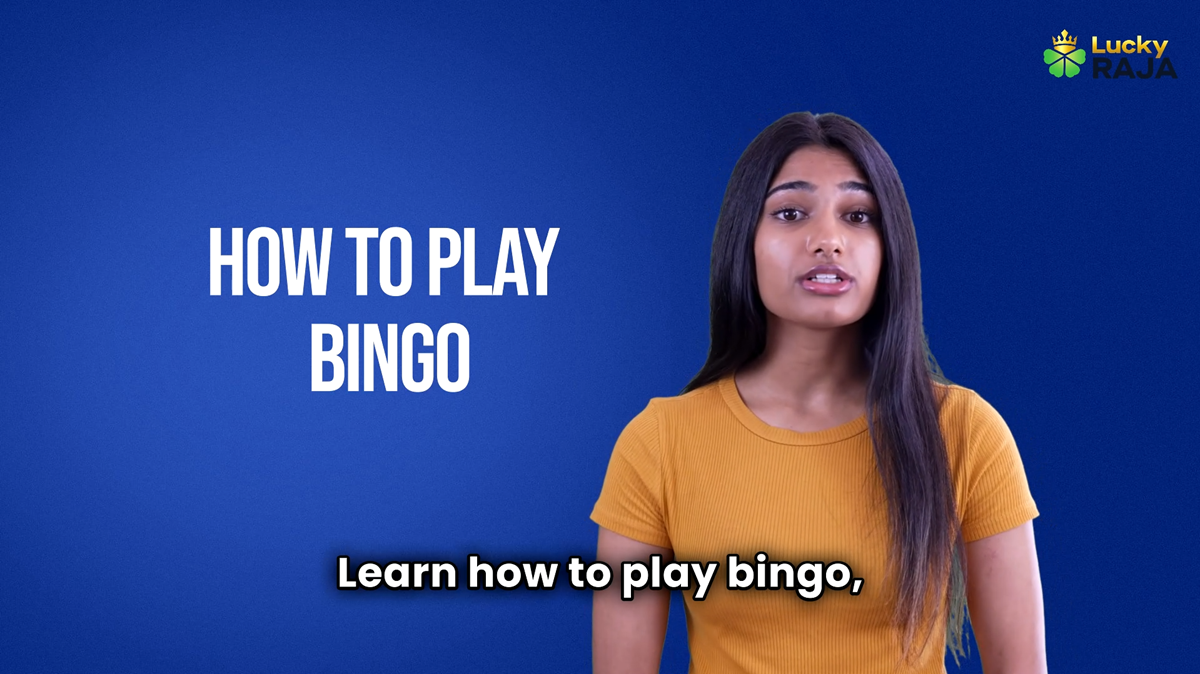Royal Rummy, also known as Indian Rummy or Paplu, holds a cherished place as a popular card game enjoyed by people of all ages and skill levels. This exciting game beautifully blends strategy, skill, and a touch of luck, making it a favorite pastime for many. Whether you're a seasoned card shark or a curious novice, Royal Rummy promises hours of entertainment and friendly competition.
Typically played with 2 to 6 players, Royal Rummy requires a standard deck of 52 playing cards, excluding jokers. Before the cards are dealt, a dealer is randomly selected for the first round. This role then rotates clockwise after each hand, ensuring fairness and equal opportunity for all players.
The game begins with a thorough shuffling of the deck, followed by the dealer distributing 13 cards to each player. As the cards are dealt one by one, anticipation builds for the strategic decisions and potential card combinations that lie ahead.
- Players: 2 to 6
- Deck: Standard 52-card deck (no jokers)
- Dealing: 13 cards per player
- Dealer Rotation: Clockwise after each hand
At its core, the main objective of Royal Rummy is to be the first player to empty your hand of all cards by forming valid sets and sequences. These combinations are the building blocks of the game and require a keen eye for patterns and a strategic approach to card management.
A valid set in Royal Rummy consists of three or four cards of the same rank but from different suits. For instance, having the King of Hearts, King of Diamonds, and King of Spades would constitute a valid set.
A valid sequence, on the other hand, is formed by arranging three or more consecutive cards of the same suit. For example, a sequence could be the 5, 6, and 7 of Clubs or the 10, Jack, Queen, and King of Hearts.
The thrill of Royal Rummy lies in strategically collecting and arranging your cards into these winning combinations while anticipating your opponent's moves. The first player to successfully meld all their cards into sets and sequences gets to declare victory, leaving others to tally their points based on the cards remaining in their hands.
- Goal: Form valid sets and sequences to be the first to empty your hand.
- Valid Set: Three or four cards of the same rank, different suits.
- Valid Sequence: Three or more consecutive cards of the same suit.
The rules of Royal Rummy are straightforward, making it easy to learn but challenging to master. The game progresses with a combination of drawing cards, forming sets and sequences, and strategically discarding cards. Let's delve into the specific rules that govern the game:
Each player's turn starts by drawing a card, either from the closed deck (a stack of face-down cards) or the open deck (a single face-up card that players can see). This crucial decision of selecting a card from either deck adds a layer of strategy to the game. Players must weigh the potential benefits of picking a known card from the open deck against the element of surprise offered by the closed deck.
After drawing a card, players assess their hand, aiming to form valid sets and sequences. The turn concludes with the player discarding one card from their hand onto the open deck. This discarded card then becomes available for other players to pick up on their respective turns. The act of discarding isn't just about getting rid of unwanted cards; it's a strategic move that requires careful consideration. Discarding a card that seems inconsequential to you might inadvertently help an opponent complete a winning hand.
Throughout the game, players strive to create valid sets and sequences from the cards in their hands. This continuous process of forming winning combinations is at the heart of Royal Rummy. As mentioned earlier, a valid set comprises three or four cards of the same rank but different suits, while a valid sequence consists of three or more consecutive cards of the same suit.
The excitement builds as players get closer to forming a complete hand, but Royal Rummy has a few more intriguing rules up its sleeve.
Adding an element of unpredictability and strategic depth, Royal Rummy employs the use of joker cards. At the start of the game, one card is randomly selected as the joker. Additionally, the card of the same rank from the closed deck also assumes the role of a joker. For instance, if the 7 of Spades is selected as the joker, then all 7s become jokers for that particular game.
The beauty of the Joker card lies in its versatility. It acts as a wildcard, capable of substituting for any other card when forming sets or sequences. However, despite its power, the Joker card comes with a caveat.
The first move in Royal Rummy comes with a specific requirement that sets the stage for the rest of the game. To make their first move, a player must have a minimum of two sequences in their hand, and at least one of these sequences must be a pure sequence.
A pure sequence is a consecutive run of cards from the same suit that doesn't include any joker cards. This rule ensures that players prioritize forming a strong foundation of pure sequences before utilizing jokers to complete other combinations.
The significance of a pure sequence extends beyond the first move. To declare victory in Royal Rummy, having at least one pure sequence in your hand is mandatory. Without a pure sequence, even if you manage to meld all your other cards into sets and sequences, you cannot declare a win.
The moment of truth in Royal Rummy arrives when a player successfully forms valid sets and sequences with all the cards in their hand. They can then declare victory, ending the round and initiating the scoring process.
The player declares their win by placing their final card face down on the discard pile and announcing their accomplishment. Other players then reveal their hands, and the scoring commences based on the cards remaining in their hands.
Once a player declares victory in Royal Rummy, the game transitions into the scoring phase. This phase is crucial, as it determines the overall winner based on cumulative scores over multiple rounds.
- Face Cards (Jack, Queen, King): Each face card carries a value of 10 points.
- Numbered Cards: Each numbered card carries points equal to its face value. For example, a 7 of Hearts is worth 7 points, and a 2 of Diamonds is worth 2 points.
- Ace: The Ace card holds a unique position in Royal Rummy scoring. It can be used as either a 1-point card or an 11-point card, depending on what benefits the player most when forming sequences with other cards.
- Joker: Joker cards, despite their strategic importance during the game, carry zero points in scoring.
The player who declares a win in a round earns the coveted zero points for that round. The remaining players add up the points of the cards left in their hands, and these points get added to their cumulative score.
Royal Rummy is often played for a predetermined number of rounds, or until a player reaches a certain score limit. The player with the lowest cumulative score at the end of the agreed-upon rounds or the first to reach the score limit is declared the ultimate winner of the game.
Understanding the scoring system is crucial for making strategic decisions throughout the game. Players need to constantly evaluate the potential points they stand to gain or lose with each card they draw or discard. For instance, holding onto high-value face cards toward the end of a round when an opponent is close to winning can be detrimental to your score. Similarly, discarding a low-value card that might help an opponent complete a sequence could work in your favor.
Mastering Royal Rummy involves not only understanding the rules but also adopting smart strategies and tactics. Here are some valuable tips to enhance your gameplay and improve your chances of winning:
- As mentioned earlier, a pure sequence is mandatory for declaring victory. Make it a top priority to form at least one pure sequence early in the game. This provides a solid foundation and reduces your vulnerability if an opponent declares before you.
- Be observant of the cards your opponents are discarding. This provides valuable insights into the potential sets and sequences they are trying to form. By tracking discards, you can anticipate their moves, avoid discarding cards that might benefit them, and plan your hand accordingly.
- If you find yourself holding high-value cards (like face cards) that don't seem to fit into any potential sets or sequences, it's generally wise to discard them early in the game. Holding onto these cards increases your risk if an opponent declares before you've managed to meld them, potentially adding a significant number of points to your score.
- While joker cards offer flexibility in forming sets and sequences, use them judiciously. Don't be too quick to use a joker to complete a combination if there's a chance you might need it for a more critical meld later in the game. Sometimes, it's strategic to hold onto a joker even if you could use it immediately, just in case a more advantageous opportunity arises.
- Like many card games, Royal Rummy offers opportunities for skilled players to employ bluffing and misdirection tactics. You can try to mislead your opponents by discarding cards that might make them think you're pursuing a certain set or sequence when you're aiming for a different combination. However, bluffing requires careful observation of your opponents and an understanding of their playing styles.
- The best way to improve your Royal Rummy skills is through consistent practice. Play regularly with friends, family, or even online opponents to hone your strategic thinking, card management, and observation skills. As you gain experience, you'll develop a better understanding of the game's nuances and learn to make strategic decisions more instinctively.
Royal Rummy, with its unique blend of strategy, skill, and a dash of luck, offers an engaging and entertaining experience for players of all levels. Whether you're a seasoned card game enthusiast or a newcomer eager to learn a new game, Royal Rummy promises hours of fun and friendly competition.
By grasping the fundamental rules, understanding the scoring system, and adopting savvy strategies, you'll be well on your way to mastering the art of Royal Rummy. Remember, practice makes perfect, so gather your friends and family, shuffle those cards, and let the games begin! With each hand you play, you'll sharpen your skills, uncover new strategies, and experience the thrill of outwitting your opponents in this captivating card game. Good luck, and may the best strategist win!
Royal Rummy, also known as Indian Rummy or Paplu, is a popular card game played with 2 to 6 players using a 52-card deck (without jokers). The objective is to form valid sets and sequences to empty your hand. Unlike some other Rummy variations, Royal Rummy requires players to have at least one pure sequence to declare victory.
Royal Rummy can be played by 2 to 6 players. A single standard 52-card deck is used, and 13 cards are dealt to each player.
A pure sequence is a consecutive sequence of cards from the same suit without using a joker. Having at least one pure sequence is mandatory for making your first move and declaring victory in the game.
Yes, jokers are used in Royal Rummy and act as wildcards. They can substitute any card to complete a set or sequence. However, jokers cannot be used to form a pure sequence.
To win, you must arrange all your cards into valid sets and sequences, ensuring at least one pure sequence. Once completed, you can declare victory, and other players will calculate their scores based on the remaining cards in their hands.
Discarding a card that benefits your opponent can help them form a valid set or sequence, potentially leading to their victory. Always analyze your discards carefully to avoid giving your opponents an advantage.








__1746616695-0.png)

__1749466290-0.png)





